- Ph.D., Anthropology, University of California, Berkeley , 1974
- D.Litt, University of Limerick, 2010
- M.A., Anthropology, University of California, Berkeley, 1971
- B.A., Anthropology and Honors in Humanities, Stanford University, 1968

Anya Peterson Royce
Chancellors' Professor Emeritus


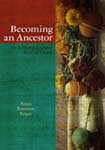
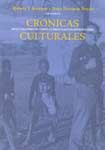
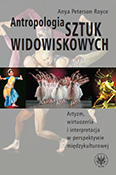

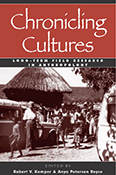
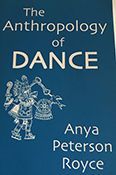
 The College of Arts
The College of Arts